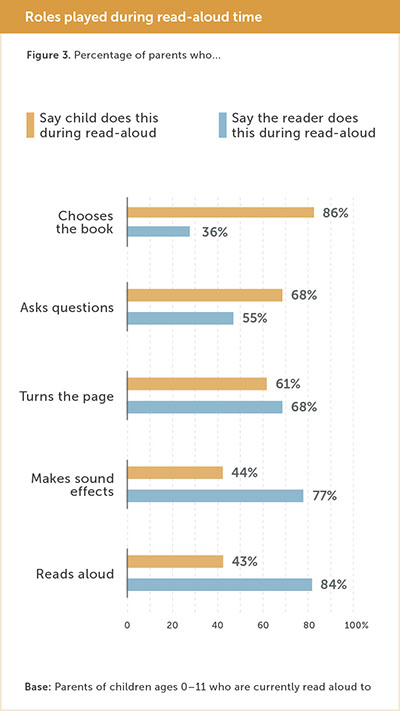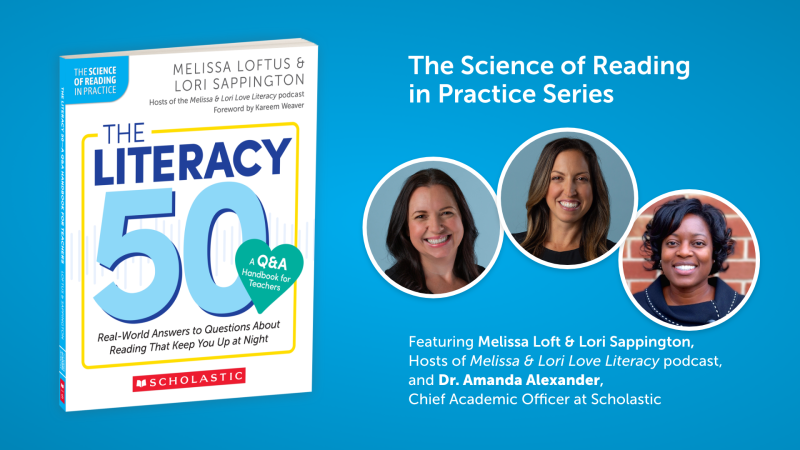Earlier this month, I participated in a read–aloud training led by April Croy, Director of Content Development for Scholastic Education, where she writes content and trains teachers on how to effectively read aloud to kids.
Before starting the training, April reassured everyone in the room that there is NO WAY to mess up a read-aloud—the simple act of reading to a child is all that matters. She shared a few of author Lester Laminack’s suggestions that the most effective read-aloud is an interactive one: where kids are actively participating, asking questions and analyzing the stories.

The 7th edition of the Scholastic Kids & Family Reading Report™ supports this showing that kids ages 6–11 who actively participate in read-aloud time are more likely to become frequent readers.
April then led us through an interactive read-aloud of Come on, Rain! by Karen Hesse and demonstrated some of the strategies you’ll find below:
Preparing for the read-aloud
- Step 1: Study the text, read it a few times and identify what makes it special. Take note of what makes the story worth reading together (creative language, compelling theme, supportive text, etc.)
- Step 2: Identify how to inspire and instruct and decide how you will help communicate this to students. Examples of both are outlined below:
o Inspire: How does this text help shape students’ understanding of the world? To help: Share a personal anecdote, explain why the story inspired/interested you.
o Instruct: What can the students learn about vocabulary or how words and language work? To help: Make gestures/facial expressions, allow students to ask questions and/or introduce a large vocabulary term prior to reading the book.
(You can learn more about the “read to inspire” and “read to instruct” method in Lester L. Laminack’s The Ultimate Read–Aloud Resource.)
Delivering the read-aloud
- Step 1 (before reading): The goal before reading is to inspire students. You could give students a focus for reading by first analyzing the title and the cover with them.
- Step 2 (during reading): Use this time to educate and ask questions or call attention to something interesting. Strategies you can use: pause 2-4 times while reading, allow students to “turn & talk,” or ask them to share their thoughts with the group.
- Step 3 (after reading): Ask questions like: “how did you feel?” or “what did you like?” Help students make connections to the text.
Like most parents, most of my reading aloud experience happens at home, when I’m corralled into a bedtime story. And although the above tips are primarily for a classroom setting, I use a variation of them when reading at home:
- If I’m familiar with the story, I define words before reading to avoid too many interruptions. This helps mediate my nephew’s favorite question: “What does that mean?”
- I use movement to illustrate the story. If the story says the character jumped, I act it out and make the kids do the same! This could also help with kids in the classroom who may not enjoy sitting through a story.
- I adjust my voice to give personality to characters, emphasize repetition and/or change my reading speed depending on what’s happening in the story.
How will you use these tips to boost your read-alouds?






